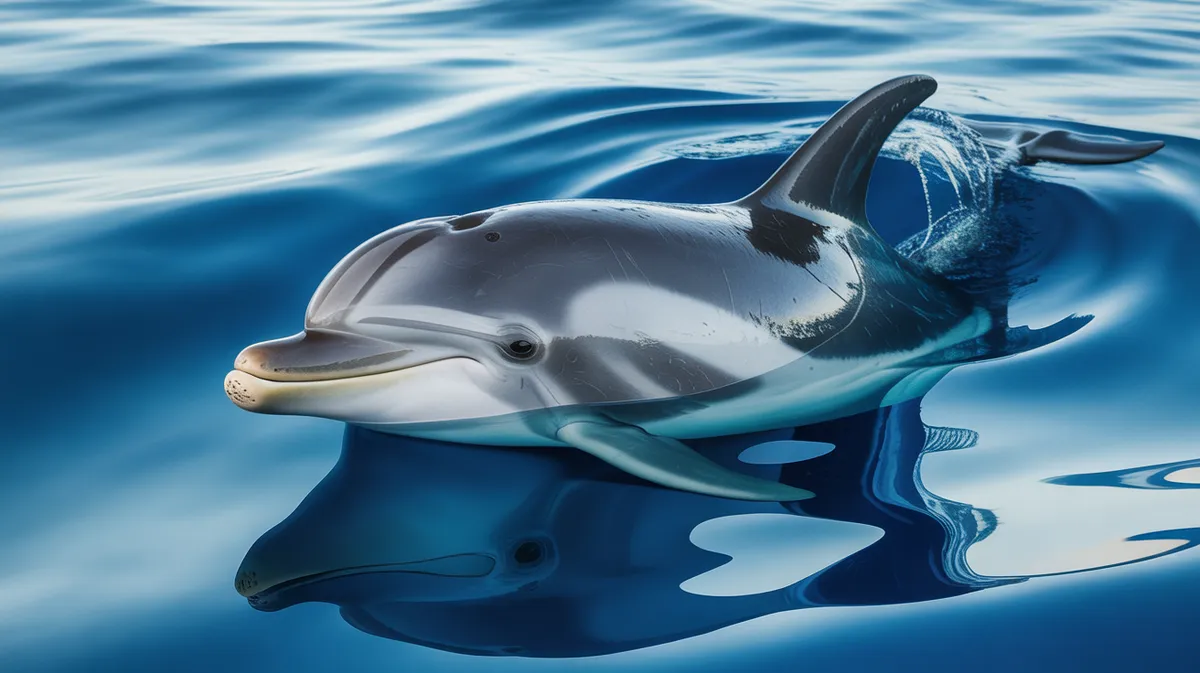
Bottlenose Dolphin
Tursiops truncatus

Meet the Bottlenose Dolphin
The Bottlenose Dolphin is a highly intelligent marine mammal known for its playful behavior and complex social structures. It has a robust, streamlined body with a distinctive short, thick beak and a curved dorsal fin. Bottlenose dolphins communicate using a variety of clicks, whistles, and body language, and are famous for their acrobatic leaps and cooperative hunting techniques. They are found in warm and temperate seas worldwide, frequently inhabiting coastal and continental shelf waters. Their intelligence and adaptability have also made them one of the most studied and recognized dolphin species globally.
Classification
Mammal
Habitat
Coastal and offshore ocean waters
Diet
Carnivore
Lifespan
20-50 years
Conservation
Least Concern
Weight
150-650 kg
📖Fascinating Facts
Advanced Communication
Bottlenose dolphins use a complex system of clicks, whistles, and body movements to communicate and coordinate with each other.
Habitat Range
They inhabit both coastal and offshore waters in temperate and tropical oceans around the world, showing remarkable adaptability.
Echolocation Abilities
Bottlenose dolphins use echolocation to find prey, navigate, and identify objects in their environment, even in dark or murky waters.
📋Detailed Description
The bottlenose dolphin (Tursiops truncatus) is a robust, medium-to-large cetacean, typically measuring 2–4 meters (6.6–13.1 ft) in length and weighing between 150 and 650 kg (330–1,430 lbs), with males generally larger than females. Its coloration ranges from light to dark gray dorsally, fading to pale gray or white on the ventral side, providing camouflage from both predators and prey. The species is characterized by a pronounced, short, bottle-shaped rostrum, a curved dorsal fin, and pectoral flippers adapted for agile maneuvering. Bottlenose dolphins possess a highly developed neocortex, supporting advanced cognitive abilities such as problem-solving, self-recognition, and complex social behaviors. Their societies are fluid, forming fission-fusion groups that vary in size and composition depending on habitat, season, and social context. Communication is sophisticated, utilizing individualized signature whistles, echolocation clicks, and body postures. Reproduction is seasonal in some populations, with females giving birth to a single calf after a gestation of about 12 months. Calves nurse for up to 18–24 months, and maternal care is extensive, with juveniles often remaining with their mothers for several years. Bottlenose dolphins are opportunistic feeders, preying on a wide variety of fish, cephalopods, and crustaceans, often employing cooperative hunting strategies. Their adaptability to diverse marine environments, from shallow estuaries to deep offshore waters, underpins their cosmopolitan distribution.
💡 Did you know?
Bottlenose dolphins have been observed using marine sponges as tools to protect their snouts while foraging on the seafloor.
🔬Research & Sources
Wikipedia Summary
The bottlenose dolphin is a toothed whale in the genus Tursiops. They are common, cosmopolitan members of the family Delphinidae, the family of oceanic dolphins. Molecular studies show the genus contains three species: the common bottlenose dolphin, the Indo-Pacific bottlenose dolphin, and Tamanend's bottlenose dolphin. Others, like the Burrunan dolphin, may be alternately considered their own species or be subspecies of T. aduncus. Bottlenose dolphins inhabit warm and temperate seas worldwide, being found everywhere except for the Arctic and Antarctic Circle regions. Their name derives from the Latin tursio (dolphin) and truncatus for the truncated teeth.
Last Modified: 6/2/2025
🎭Behavior & Social Structure
Bottlenose dolphins exhibit complex social structures, often forming dynamic groups called pods, typically ranging from 2 to 15 individuals but occasionally aggregating into larger superpods of over 100. Social bonds are maintained through tactile contact, synchronized swimming, and vocal exchanges. They display a diverse behavioral repertoire, including breaching, spyhopping, tail-slapping, and bow-riding. Feeding behaviors are highly adaptable: dolphins may herd fish into tight balls, use mud-ring feeding in shallow waters, or employ strand feeding along shorelines. Nocturnal and diurnal activity patterns are observed, with periods of rest achieved through unihemispheric slow-wave sleep, allowing one brain hemisphere to remain alert. Play is a significant aspect of their behavior, involving object manipulation, surfing waves, and interspecies interactions. Dolphins also demonstrate alloparental care, where individuals assist in calf-rearing, and have been observed exhibiting altruistic behaviors toward injured conspecifics and even other species.
👶Reproduction & Life Cycle
Bottlenose dolphins reach sexual maturity between 5 and 13 years of age, with females maturing earlier than males. Mating occurs year-round in some populations but peaks seasonally in others, often coinciding with warmer months. Courtship involves complex displays, including synchronized swimming and tactile stimulation. After a gestation period of approximately 12 months, females give birth to a single calf, typically in shallow, protected waters. Calves are born tail-first, measure about 1–1.3 meters (3.3–4.3 ft) in length, and weigh 15–30 kg (33–66 lbs). Maternal care is intensive; calves nurse for 18–24 months and may remain with their mothers for up to 6 years, learning essential survival skills. Interbirth intervals are generally 3–6 years, reflecting the high investment in each offspring. Males do not participate in direct parental care but may form alliances to increase mating opportunities.
🛡️Adaptations & Survival
Bottlenose dolphins possess several anatomical and physiological adaptations for aquatic life. Their streamlined bodies and powerful tails enable sustained swimming speeds of 5–11 km/h (3–7 mph), with bursts up to 35 km/h (22 mph). Echolocation, facilitated by the melon organ in the forehead, allows precise navigation and prey detection in turbid or dark waters. The species' flexible social structure and cognitive plasticity enable rapid adaptation to changing environments and prey availability. Their skin is smooth and regenerates rapidly, reducing drag and mitigating injury. Unihemispheric sleep allows continuous surfacing for respiration. Thermoregulation is achieved through a countercurrent heat exchange system in their flippers and dorsal fin, maintaining core body temperature in varying water conditions.
🎨Cultural Significance
Bottlenose dolphins hold a prominent place in human culture, mythology, and literature. In ancient Greece and Rome, they were revered as symbols of protection, guidance, and friendship, often depicted rescuing sailors. Dolphins feature in the mythology of numerous coastal societies, embodying intelligence, playfulness, and harmony with nature. In modern times, they are central to marine ecotourism, dolphin-assisted therapy, and scientific research, shaping public perceptions of marine conservation. Their charismatic nature and cognitive abilities have made them frequent subjects in film, television, and literature, further enhancing their cultural resonance.
🔬Recent Research & Discoveries
Recent research has illuminated the complexity of bottlenose dolphin cognition, including evidence of tool use (e.g., sponge-carrying for foraging), cultural transmission of behaviors, and signature whistle individuality akin to names. Genetic studies have refined species boundaries within the genus Tursiops, identifying cryptic diversity and regional adaptations. Long-term field studies, such as those in Sarasota Bay, Florida, have provided insights into social structure, reproductive success, and health impacts of environmental stressors. Ongoing research addresses the effects of noise pollution, climate change, and emerging diseases (e.g., cetacean morbillivirus) on population viability. Advances in non-invasive monitoring, such as drone-based photogrammetry and acoustic tracking, are enhancing understanding of dolphin ecology and conservation needs.
🎥Wildlife Videos
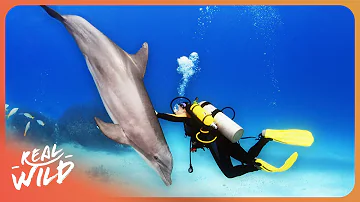
Exploring the Secret Lives of Dolphins | 4K Nature Documentary
In this documentary, follow the extraordinary journey of biologist Angela Ziler and dolphin expert Michael Scherman as they study ...
Real Wild
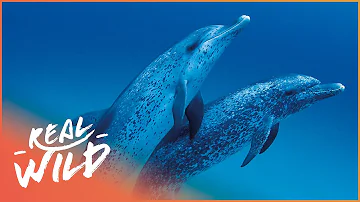
The Incredible Life Of Dolphins | Changing Seas | Real Wild
Dr. Denise has dedicated her career to learning about how dolphins communicate, behave, and socialize in one area of the ...
Real Wild

Dolphins off the Coast of New Zealand - Wild Dolphins - Full Nature Documentary
The different dolphin species living in the waters surrounding New Zealand have all evolved unique strategies to survive in their ...
Get.factual
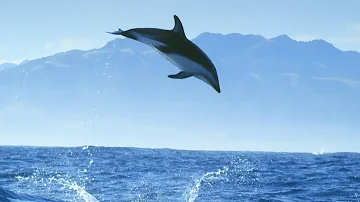
Incredible Dolphin Moments | BBC Earth
Welcome to BBC EARTH! The world is an amazing place full of stories, beauty and natural wonder. Here you'll find 50 years worth ...
BBC Earth

Bottlenose Dolphin 🐬 | Amazing Animals
About Amazing Animals: Amazing Animals is a series that profiles a different animal in each episode. These short, one-minute ...
Nat Geo Kids
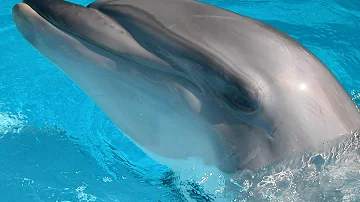
The Amazing Bottlenose Dolphin (Ocean Animal Documentary)
TheAnimalArea
🌍Habitat Information
The Bottlenose Dolphin typically inhabits Coastal and offshore ocean waters environments. Bottlenose Dolphins have adapted to their environments with specialized features and behaviors.
Primary Habitat:
Coastal and offshore ocean waters
More detailed habitat information will be available soon.
🛡️Conservation Status
The Bottlenose Dolphin is currently classified as Least Concern. Conservation efforts are crucial for preserving this species for future generations.
Common Threats:
- 🏠Habitat loss and fragmentation
- 🌡️Climate change impacts
- 🎯Hunting and poaching
- 🏭Human-wildlife conflict
⚠️Threats & Conservation Challenges
While classified as Least Concern by the IUCN, bottlenose dolphins face numerous anthropogenic threats. Bycatch in commercial fisheries, entanglement in fishing gear, and habitat degradation from coastal development are significant mortality factors. Pollution, particularly bioaccumulation of heavy metals and persistent organic pollutants, impacts immune and reproductive health. Noise pollution from shipping, naval exercises, and seismic surveys disrupts communication and echolocation. In some regions, direct hunting and live capture for entertainment or research persist. Climate change poses emerging challenges, altering prey distributions and increasing disease susceptibility. Population trends are generally stable globally, but some local populations are declining, necessitating targeted conservation measures.
🔬Scientific Classification
Scientific Name
Tursiops truncatus
Classification Hierarchy
🔍 About Taxonomic Classification
Taxonomic classification is a hierarchical system used by scientists to classify and organize living organisms based on shared characteristics and evolutionary relationships.
The system moves from broad categories (Kingdom) to increasingly specific ones, with each animal's scientific name typically consisting of its Genus and species.
📝Community Notes
Share your observations and insights about the Bottlenose Dolphin with our community of wildlife enthusiasts.
Join Our Community
Sign in to share your observations and connect with fellow wildlife enthusiasts.
Sign In to ContributeNo community notes yet
Be the first to share your observations about the Bottlenose Dolphin!
Explore Bottlenose Dolphin
Select a tab above to learn more about this amazing animal.
📸Photo Gallery
No photos available for this animal yet.
🌟Discover More Wildlife
Continue your journey of discovery with more fascinating animals from our database
